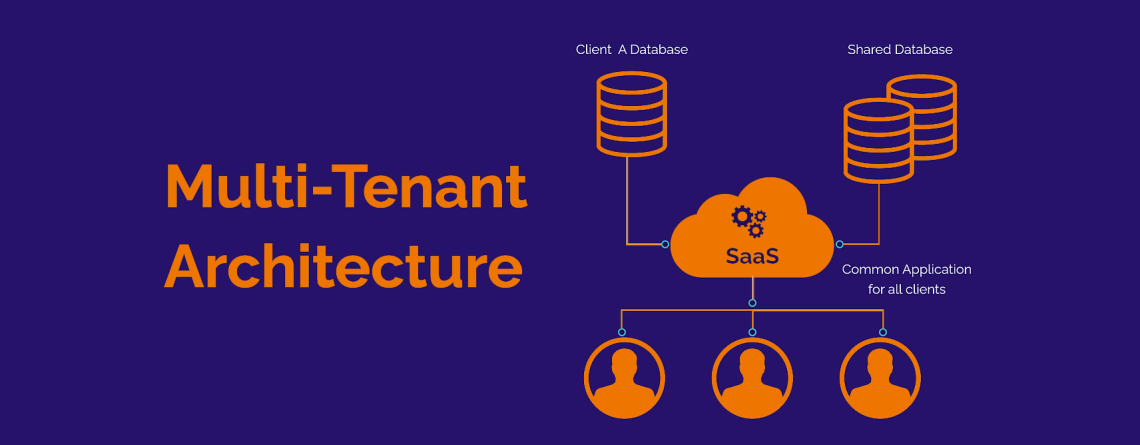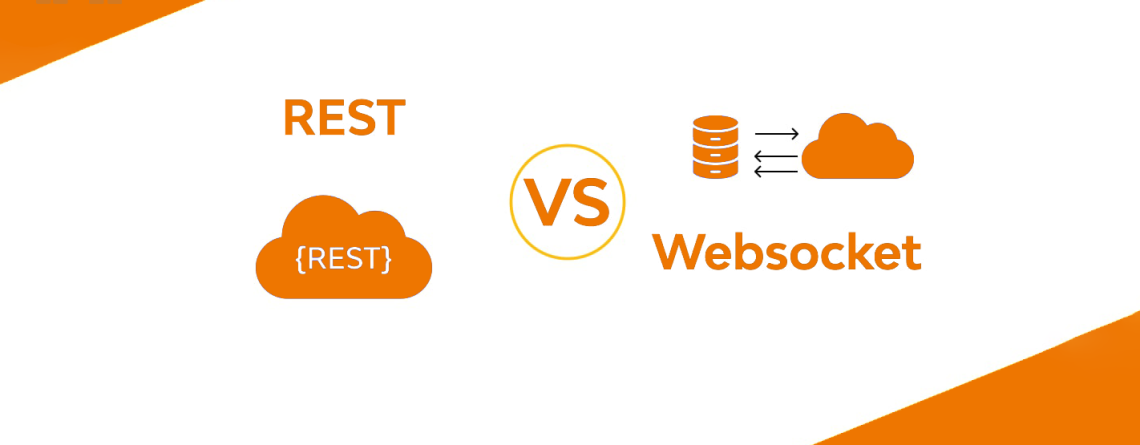RESTful vs. RPC: Comparing Two Distinct API Architectural Approaches
Developers have a wide range of architectural styles to pick from when it comes to creating and implementing APIs. Representational State Transfer (REST) and Remote Procedure Call (RPC) are two popular choices. Both strategies have their own advantages, disadvantages, and applications. With the use of practical C# code samples, we...












